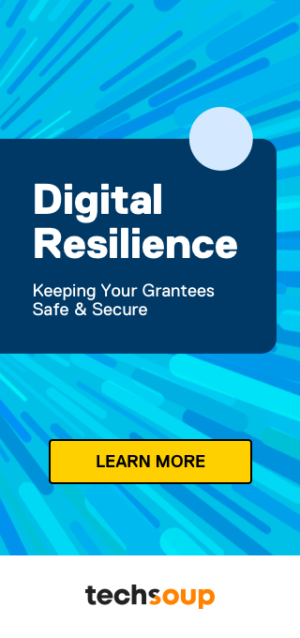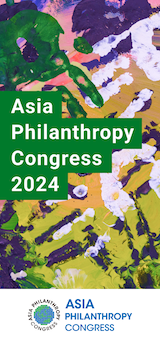Like many foundations around the world, Esmée Fairbairn Foundation is on a journey to make better use of our investment assets. As with our £50 million of annual grant-making, we want our £1.2 billion endowment to make the most positive impact for people and planet. It is a challenging journey; not because it is technically difficult but because of ingrained norms and beliefs that create cultural and ideological barriers to change.
Here are three fallacies which hold back progress:
Fallacy no. 1: How you make money is not connected to its impact on people and nature
The world of investment has operated on the basis of risk and return for the last 40 years and has not had to consider the impact of investments in the real world. The introduction of impact into the investment decision-making process is like moving from black and white to Technicolor. The investment world is adjusting to needing different skill sets, expertise, and investment strategies. Much of that exists in the public and not-for-profit world, so bringing these worlds together to reap the best of both is critical.
Fallacy no 2: Private money and expertise are always superior to not-for-profit approaches, community experience and public benefit
The track record of involving private capital in areas of public benefit has not always been successful. Examples such as hospitals laden with private finance debt, schools trapped in 25-year maintenance contracts, sewage dumped in our rivers by privatised companies, and private equity ownership of care homes for vulnerable young people show that this is not always the way forward. We understand the benefits that private money can bring, but are clear that it now needs to come in a different form.
Fallacy no. 3: Mixing impact with returns will always result in lower returns
There is more than enough evidence that investments made with clear intentions and clear outcomes can be as financially successful as traditional ones. There are an increasing number of options and opportunities. Pension funds and foundations around the world are allocating significant amounts of capital to impact investment because they understand that these will be the success stories of the future.
Those working in foundations instinctively understand these fallacies. We know we need to overcome them if we are going to play our part in tackling the climate and nature crisis, the health crisis and the ever-destabilising growth of inequity.
At Esmée, we have been exploring how we might align all our resources and expertise to support our mission. This has included our risk appetite, our flexibility, and our use of long-term unrestricted funding. Crucially, it has also meant challenging how we think about our investments. We started by carving out an allocation to social investment, focusing on impact first with financial return being secondary. We continue to use what we learn to test new ways to invest, and we’re now looking at our main investment portfolio.
The following steps have helped to engage staff, trustees, our advisers, our investment committee, our stakeholders and those we fund:
- We began to work much more closely with our investment advisers and built connections between their expertise and the impact expertise that sits within our foundation
- In addition to our social investment allocation, we launched a separate £10m allocation to impact investing to test the realities generating financial and impact returns in lockstep and, we hope, to inform the future of our endowment investment strategy.
- Within our endowment, we made a small test allocation that could be invested differently and in a more sustainable way. This showed us that returns were not lower over time. We now have increased the allocation to enhanced sustainability funds from £25m to £70m.
- We have put in place a transition strategy so that, as we exit old investments, new investments have a dual purpose: returns and sustainability.
- We focused on the positive, emerging investment opportunities in the industries and companies of the future such as alternatives to plastic and packaging waste, technology in regenerative farming, advances in healthcare, renewable energy and green infrastructure..
- Through our grantmaking, we have funded not-for-profit organisations working to influence mainstream financial markets in the development of impact investment strategies. For example, we supported the Impact Investment Institute’s work to help foundations better align their investments to their mission.
- We have worked in partnership with others in testing and creating new investment products to help this transition such as blended finance models. For example, we worked with GMCVO, GMCA, and Access Foundation on the Enterprising Communities Fund, enabling credit unions to invest in local businesses in Greater Manchester.
We’re fortunate of course that, at Esmée, we have the resources to commit to this. If you’re a foundation wanting to make changes, your journey may look different. Ultimately, what will help is being focused on your purpose, challenging your core beliefs about money and thinking about working with other fellow travelers. Here in the UK, the ESG Olympics pioneered by our colleagues at the Friends Provident Foundation is one outstanding example.
There is a sense of excitement growing about the potential to build a new investment culture. One that uses all the power, ingenuity and potential of capital to create genuine positive change.
Caroline Mason is the CEO of the UK’s Esmee Fairbairn Foundation






Comments (0)